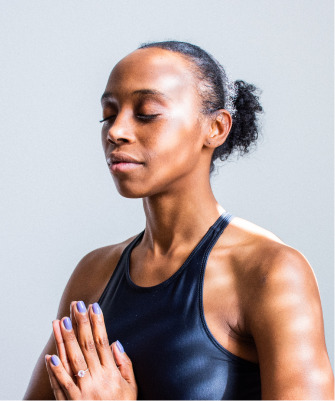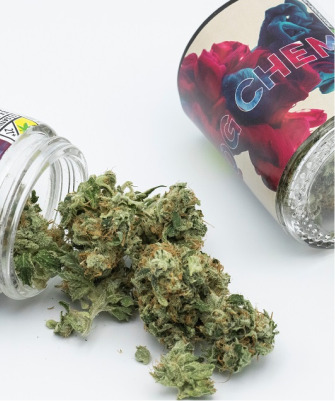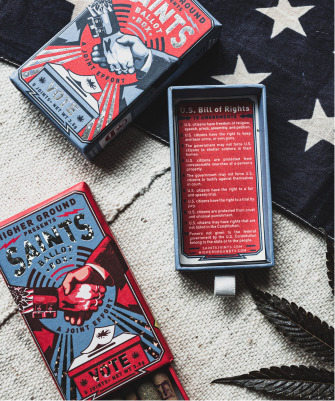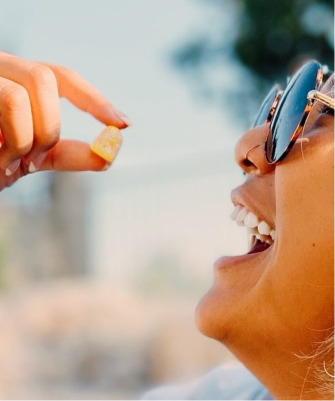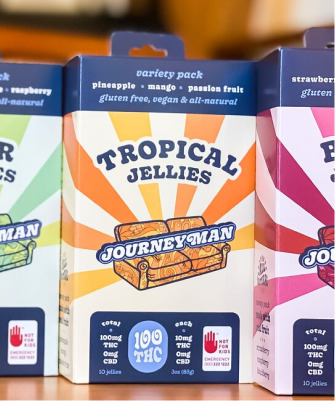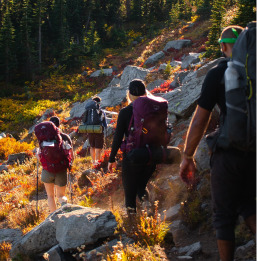Dispensary in Bellingham, WA
Curated For your Enjoyment
Hand-selected products for every occasion.
2023 © Caravan Cannabis Company • All RIghts Reserved
This product has intoxicating effects and may be habit forming. Marijuana can impair concentration, coordination, and judgment. Do not operate a vehicle or machinery under the influence of this drug.
There may be health risks associated with consumption of this product. For use only by adults twenty-one and older. Keep out of the reach of children.
- Bellingham Dispensary Resources
- Best Pot Shop in North Western WA Resources
- Burlington Dispensary Resources
- Collective Cannabis Pot Shop Resources
- Dispensary Bellingham WA Resources
- Dispensary Burlington WA Resources
- North Western Cannabis Shops Resources
- Pot Shop Bellingham Resources
- Weed Dispensary Bellingham WA Resources
- Weed Dispensary Burlington WA Resources
© 2024 caravan-cannabis.com
